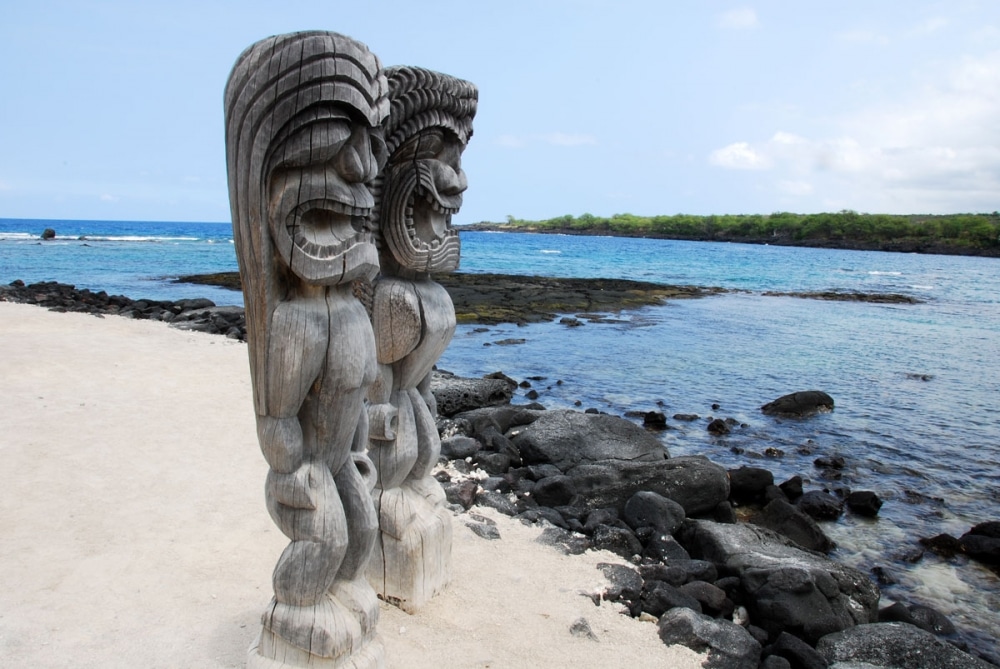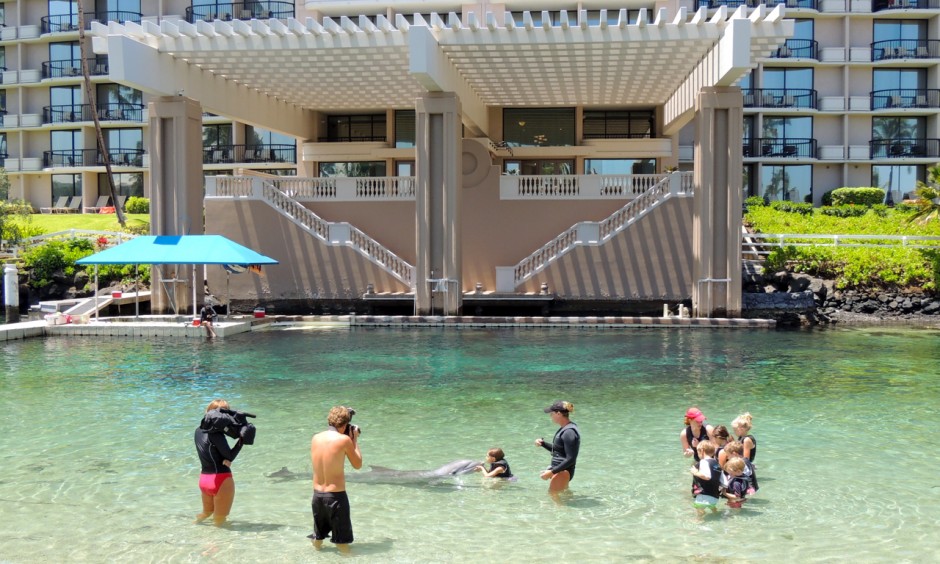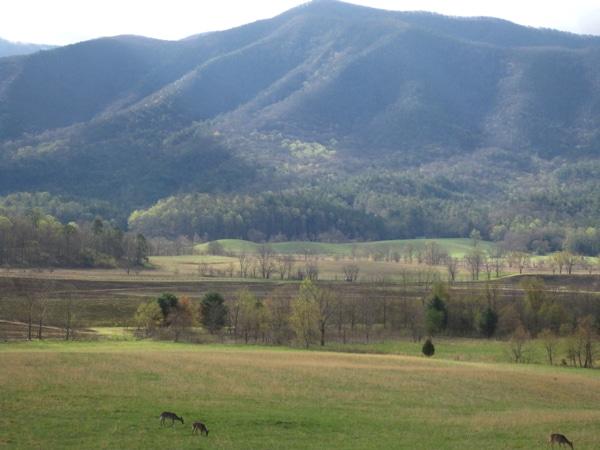We left Los Angeles and drove to Oakland, a trip of 370 miles. As she has done throughout this trip, Karen did all the driving. We took Interstate 5 because it was quicker, though 101, the coastal highway would have been more scenic. The highway out of the city passes through stark dry hills for many miles; sometimes the road is steep and windy. The Santa Ana winds whip through the hills in late autumn and early winter, making driving difficult and dangerous (Santa Anas are a type of wind, the result of air pressure buildup in the high-altitude Great Basin between the Sierra Nevada and the Rocky Mountains. This air mass spills out of the Great Basin and is pulled by gravity into the surrounding lowlands. The air circulates clockwise around the high pressure area bringing winds from the east and northeast to Southern California (the reverse of the westerly winds characteristic of the latitude – Wikipedia). I remembered these winds from when I drove from UFW headquarters in Keene, California to Los Angeles. Then all of a sudden, about forty miles south of Bakersfield, after driving down a steep grade, the terrain flattens and you are in the great central valley. As I say in my book, it would be instructive for each person in the US to drive through this desert valley and observe how our food is grown. Extreme mechanization, gigantic scale, low-wage labor, subsidized water, and ubiquitous use of air, water, and soil polluting fertilizers: a lethal quintumvirate.
Our destination was the Niebyl-Proctor Library, which houses one of the nation’s finest collections of radical books, periodicals, and pamphlets (see www.marxistlibr.org for details). One of the participants in the library’s seminars invited us to be his guests. We drove higher and higher up the narrow streets of the Berkeley Hills to the house. We had to ask a woman on a street for directions, but we found it. We walked up steep steps into an open and airy house, from whose deck we got a stunning view of the Golden Gate Bridge. Our host made us dinner, kindly having his son go to a store to get organic milk and yogurt. We talked after dinner with both father and son and then fell asleep, happy to have met someone who would take strangers into his home. Next day the son took us to see some sights: a nearby park and overlook, the Berkeley Rose Garden, and the university so dear to those of us who grew up and became radicals during the much-maligned but wonderful to live through Sixties. I had lunch with a friend from my hometown, a man who was my roommate in Pittsburgh in the summer of 1969 and who came to the Bay Area in the early 1970s. We talked about old times, especially about our many trips to the racetrack. I felt so pleased to see him. He and his wife came to my talk that night and brought an organic cherry pie to the potluck dinner we ate beforehand. The talk was well-attended, and I gave a passionate presentation. It went on a bit too long and when two people were about to leave with books they wanted signed, Karen came up to me and said, “sign these.” One person asked me where we saw ourselves in ten years, Karen said, “Here, if he doesn’t wrap thing up pretty soon.”€ Sometimes I get caught up in the moment and forget that the chairs are uncomfortable and people have to go to work next day. Lucky I have a more aware companion!
Berkeley is a place we could live for awhile, and we hated to leave. We drove inland to the state capitol, Sacramento. The Sacramento Marxist School (www.marxistschool.org) put us up at a downtown hotel. We checked in, took a walk, and I did a radio interview on an Air America station. Our comrades took us to dinner and drove us to the site of the talk. Again a good crowd came, and we sold a lot of books. In my talk I took listeners on a social class tour of Central Park, from the Plaza Hotel at the park’s southern entrance to the northern end at 110th street in Spanish Harlem. An elderly man, a native New Yorker, told me afterward that he had closed his eyes and imagined he was walking along with me. He made me know that I had given a moving talk. We spent the second day in Sacramento strolling the tree-lined streets, enjoying the park at the capitol building, and walking along the long mall walkway into the city’s Old Town (which parallels the Sacramento River, which we later came upon again far to the north heading toward Oregon), touristy but well kept and this day home to a yearly jazz festival.
Our last stop in California was in the Sierra Nevada Foothills towns of Grass Valley and Nevada City, an hour or so east of Sacramento. Both towns have mild climates; it rains a lot in winter but seldom snows. Again a stranger let us sty in his home, good for us as this was the Memorial Day weekend. Holidays are hell for finding a cheap motel. We spend two days exploring the area. This was a center of gold mining, with active mines into the 1950s. Both towns play up their mining heritage, especially the smaller Nevada City, which has lots of shops in historic or at least historic-looking buildings. We’ve seen a good many towns like this, some more well-kept than others, and there is always a a kind of ersatz feeling to them. They don’t seem like real towns anymore. The housing boom of the last few years has brought many retirees and urban refugees (unhappy with urban-suburban crowding and given the overwhelmingly whit population, perhaps with the growth of urban minority populations) to this region, driving up housing prices and disturbing the laid back milieu established by the artists and now aging hippies who settled here in the decades after the mines played out. Karen noticed that more than seventy houses were listed for rent in the local paper, a very high number for two small towns and a sure sign that the housing downturn is serious, at least here.
I did a radio interview with our host on Monday afternoon. We left from the station and Karen drove eight hard hours to Eugene, Oregon. We checked into a cheap motel at 11:00.






